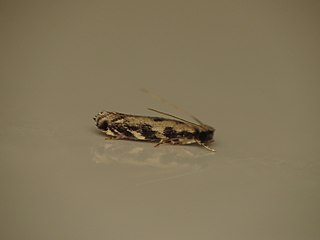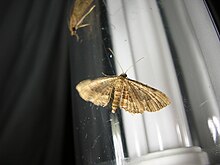
Hawaii is the largest island in the United States, located in the eponymous state of Hawaii. It is the southeasternmost of the Hawaiian Islands, a chain of volcanic islands in the North Pacific Ocean. With an area of 4,028 square miles (10,430 km2), it has 63% of the Hawaiian archipelago's combined landmass. However, it has only 13% of the archipelago's population. The island of Hawaiʻi is the third largest island in Polynesia, behind the north and south islands of New Zealand.

Kalākaua, sometimes called The Merrie Monarch, was the last king and penultimate monarch of the Kingdom of Hawaiʻi, reigning from February 12, 1874, until his death in 1891. Succeeding Lunalilo, he was elected to the vacant throne of Hawaiʻi against Queen Emma. Kalākaua had a convivial personality and enjoyed entertaining guests with his singing and ukulele playing. At his coronation and his birthday jubilee, the hula, which had hitherto been banned in public in the kingdom, became a celebration of Hawaiian culture.

Eupithecia orichloris is a species of moth that is native to Kauai, Oahu, Maui, Lanai and Hawaii.
Eupithecia craterias is a moth of the family Geometridae. It was first described by Edward Meyrick in 1899. It is endemic to the state of Hawaii.
Eupithecia dryinombra is a moth of the family Geometridae. It was first described by Edward Meyrick in 1899. It is endemic to the Hawaiian islands of Molokai and Hawaii.
Eupithecia niphoreas is a moth of the family Geometridae. It was first described by Edward Meyrick in 1899. It is endemic to the Hawaiian island of Kauai.
Eupithecia phaeocausta is a moth of the family Geometridae. It was first described by Edward Meyrick in 1899. It is endemic to the Hawaiian island of Molokai.
Eupithecia prasinombra is a moth of the family Geometridae. It was first described by Edward Meyrick in 1899. It is endemic to the Hawaiian island of Maui.
Eupithecia rhodopyra is a moth of the family Geometridae. It was first described by Edward Meyrick in 1899. It is endemic to the Hawaiian island of Kauai.
Eupithecia scoriodes is a moth of the family Geometridae. It was first described by Edward Meyrick in 1899. It is endemic to the Hawaiian island of Maui.
Eupithecia staurophragma is a moth of the family Geometridae. It was first described by Edward Meyrick in 1899. It is endemic to the Hawaiian islands of Maui and Hawaii.
Eupithecia stypheliae is a moth of the family Geometridae. It was first described by Otto Herman Swezey in 1948. It is endemic to the island of Hawaii.
Fletcherana insularis is a moth of the family Geometridae. It was first described by Arthur Gardiner Butler in 1879. It is endemic to the Hawaiian island of Maui. It has been found above the forest belt, high up on Haleakalā.

Erechthias zebrina is a fungus moth. Initially, it was mistakenly believed to be an ermine moth of genus Argyresthia.

Stoeberhinus testaceus, the potato moth, is a gelechioid moth, supposedly the only species of its genus Stoeberhinus. However, the genus might also include some related moths presently placed in Autosticha. It belongs to the subfamily Autostichinae, which is either placed in the concealer moth family (Oecophoridae), or in an expanded Autostichidae.
Udea monticolens is a moth of the family Crambidae described by Arthur Gardiner Butler in 1882. It is endemic to the Hawaiian islands of Kauai, Oahu and Hawaii.

The 1881 world tour of King Kalākaua of the Hawaiian Kingdom was his attempt to save the Hawaiian culture and population from extinction by importing a labor force from Asia-Pacific nations. His efforts brought the small island nation to the attention of world leaders, but sparked rumors that the kingdom was for sale. Critics in Hawaii believed the labor negotiations were just an excuse to see the world. The 281-day trip gave Kalākaua the distinction of being the first monarch to circumnavigate the globe; his 1874 travels had made him the first reigning monarch to visit the United States and the first honoree of a state dinner at the White House.








